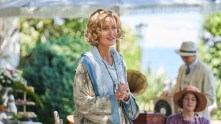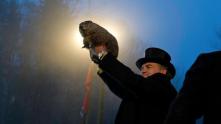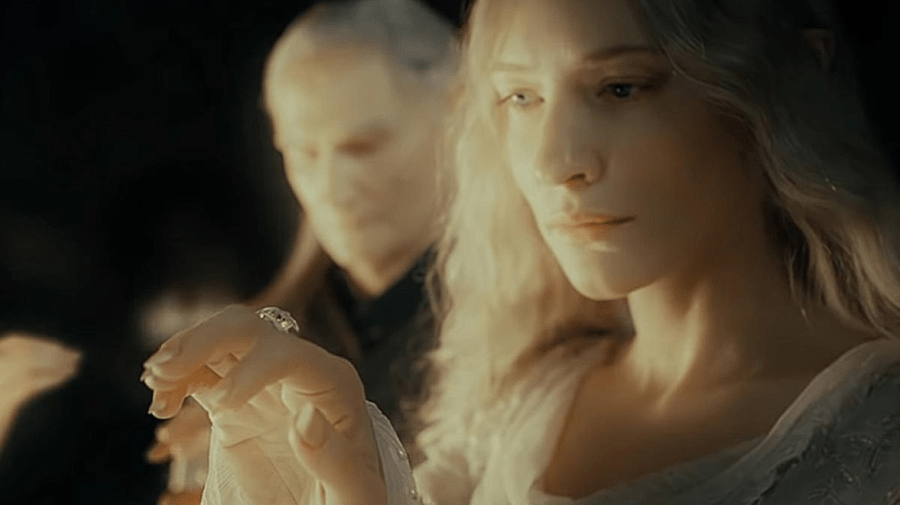
To compete with HBO’s continued Game of Thrones success — the latest being the lauded House of the Dragon — Amazon Studios is taking a stab at its own familiar high fantasy-set series, The Lord of the Rings: The Rings of Power. While the series will transport audiences back to Middle-earth, it’s also covering new ground.
The epic series isn’t based on J.R.R. Tolkien’s Lord of the Rings (LotR) trilogy (1954–55), or the standalone book The Hobbit (1937). Instead, Rings of Power will take cues from the deeper Tolkien mythology that helped inform director Peter Jackson’s acclaimed LotR trilogy.
With a budget of history-making proportions — according to The Wall Street Journal, Amazon’s spend ballooned to a whopping $715 million — Rings of Power is betting big on the Tolkien fanbase. So, will you give the streamer your sword and your bow and your ax — and, most importantly, your attention? Well, if you haven’t revisited Middle-earth in some time, here’s everything you need to know about Lord of the Rings: The Rings of Power ahead of its September 2 premiere on Prime Video.
What Is The Rings of Power Based On?
Unlike the Lord of the Rings and Hobbit movies, Rings of Power isn’t based on Tolkien’s popular novels. Instead, it’s based on the appendices to The Silmarillion (1977) — Tolkien’s encyclopedia of the history and mythology of Middle-earth.
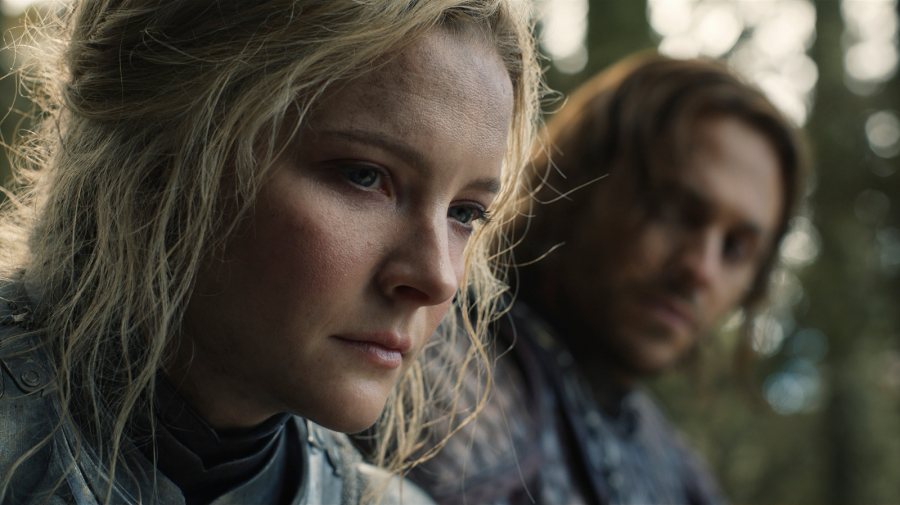
Published posthumously by the author’s son, Christopher Tolkien, and fantasy novelist Guy Gavriel Kay (The Fionavar Tapestry), The Silmarillion is one of the canon’s most controversial works. When it debuted, the book was a New York Times best-seller, probably because Tolkien fans were clamoring for more of his stories, but most critics panned the encyclopedic work for being dry, dull, pompous and overly complicated.
Others, however, pointed out the incredible scope of the The Silmarillion, with Time noting that the “majestic” book is “a work held so long and so powerfully in the writer’s imagination that it overwhelms the reader”. In a 2019 article, Le Monde dubbed the book “cornerstone of Tolkien’s imagination”.
J.R.R. Tolkien’s Creation Myths: Some Names and Places You Should Know
If you’re new to the deeper lore within Tolkien’s books, diving into the Rings of Power might feel daunting, if only because it details Tolkien’s creation myths and the various beings and places involved — it’s a lot to keep straight. So, let’s outline the basics.
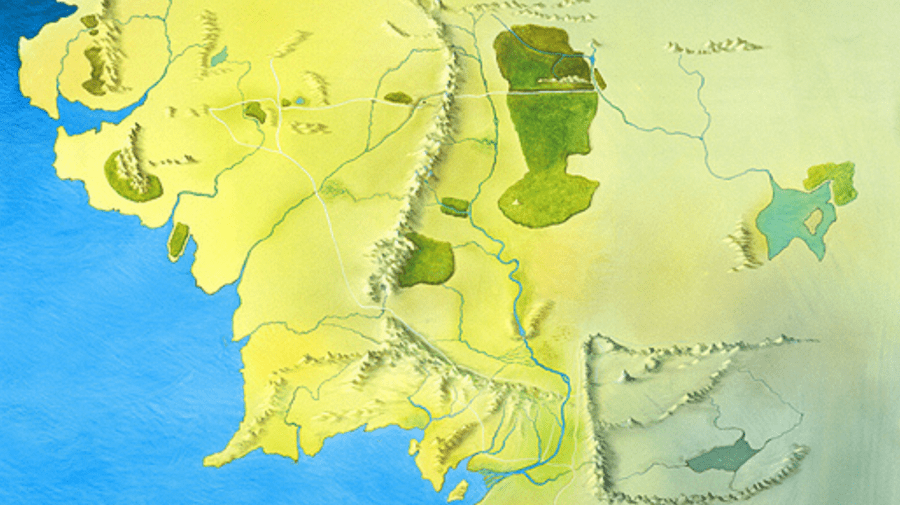
The Silmarillion focuses on Eä, the material universe as realized by the Ainur, or Holy Ones. These primordial beings were created by Eru Ilúvatar — the Creator and supreme deity — long before the beginning of the world. Eventually, the Ainur helped shape Eä.
Think of Eä, the “created world”, as the whole Tolkienian star system. Arda is the stand-in for Earth, then, and the dwelling place of Elves and Men. Arda is composed of several places you might’ve heard of, including the Blessed Realm of Valinor, the region of Beleriand and the sunken island of Númenor. Middle-earth, then, refers to the habitable parts of Arda after the final ruin of Beleriand (more on that later).
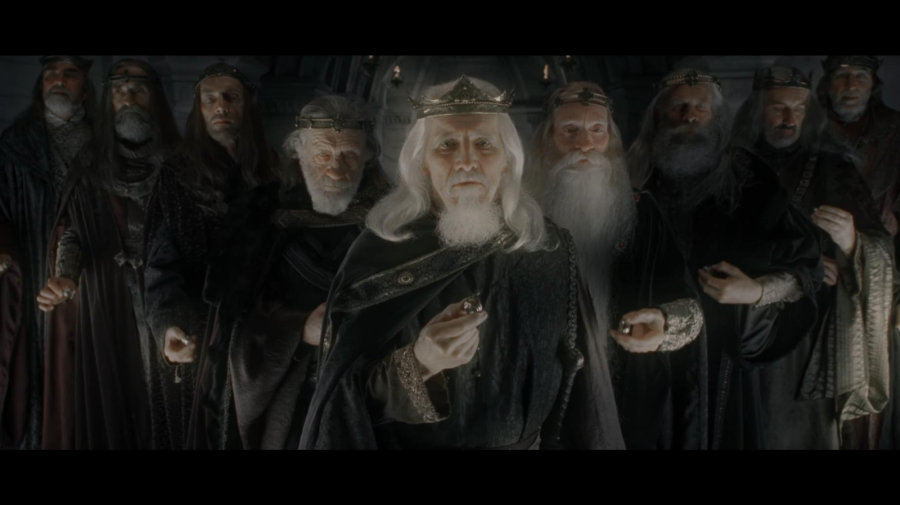
Many of the Ainur chose to dwell in Eä, settling in Arda to guide the Elves and Men as their civilizations grew. It’s important to note that the Ainur are made up of the Valar and Maiar. What does that mean? Well, in the beginning, there were 15 Ainur who were more powerful than all others; 14 of them became known as the Valar, or the Powers of Arda.
The fifteenth, Melkor, had a Lucifer-like fall, turning away from the Valar to become Arda’s first Dark Lord. You might know this Dark Lord better by the name Morgoth — the being Sauron served before creating the Rings of Power.
Finally, the lesser Ainur that accompanied the Valar into Arda are called Maiar.
What Parts of The Silmarillion Will the Series Focus On?
Divided into five parts, The Silmarillion, though incredibly imaginative, is rather dense. It’s a creation story, at its core, and goes on to tell the history that leads up to the adventures in Tolkien’s more popular novels. Those five parts include the following:
- Part I, Ainulindalë: The creation of Eä.
- Part II, Valaquenta: Insight into the Valar and Maiar, supernatural beings of Eä who entered the world (Arda) to help with its creation.
- Part III, Quenta Silmarillion: The history of the events before and during the First Age, such as the wars over three jewels, the Silmarils.
- Part IV, Akallabêth: The history of Númenor’s downfall during the Second Age.
- Part V, Of the Rings of Power and the Third Age: The circumstances that led to, and occurred during, The Lord of the Rings — but in brief.
Needless to say, there are many stories to be told throughout the ages described in The Silmarillion. In 2017, Amazon bought the rights to the appendices for a reported $250 million.
Who Created The Rings of Power on Amazon’s Prime Video?
The Lord of the Rings: The Rings of Power is a real collaborative effort. Developed for the screen by showrunners J.D. Payne and Patrick McKay for Prime Video, the show is produced by Amazon Studios, in conjunction with the Tolkien Estate, the Tolkien Trust, New Line Cinema and HarperCollins.
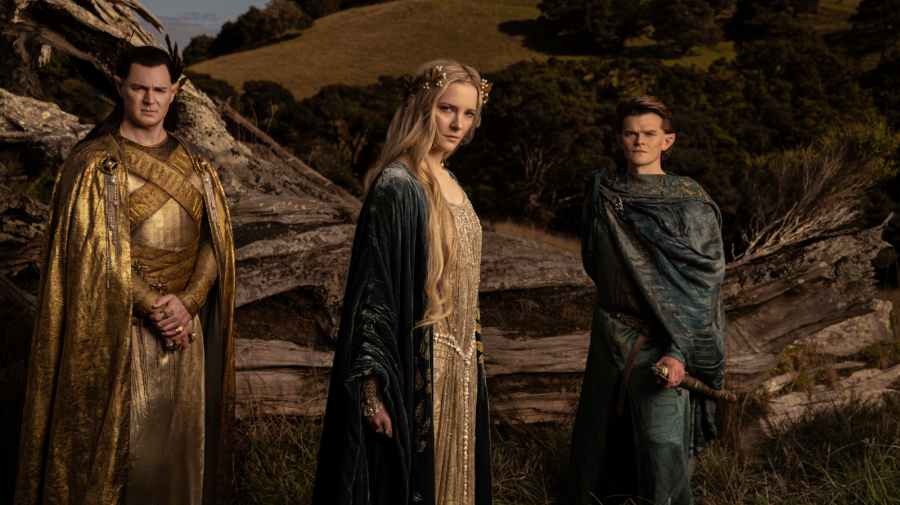
A Troubled Production
Early on in the production process, Amazon Studios reached out to Peter Jackson, who had truly unheard of success with the Lord of the Rings trilogy. Not only did Jackson’s The Fellowship of the Ring (2001), The Two Towers (2002) and The Return of the King (2003) top the box offices, but earned 17 Oscars out of 30 nominations. In fact, Return of the King holds the record for most Academy Award wins ever, tying with Titanic (1997) and Ben-Hur (1959) at 11 Oscars.
However, Jackson’s involvement in Rings of Power wasn’t meant to be. Conflicts between the director and studio execs led to some limitations. Namely, Amazon Studios didn’t have the rights to any intellectual property associated with Jackson’s films. This, of course, posed some problems when production began in February 2020 with principal photography. For one, the series needed to be distinct enough from the films to keep the studio out of legal trouble, all while invoking the on-screen Middle-earth fans adore so much.
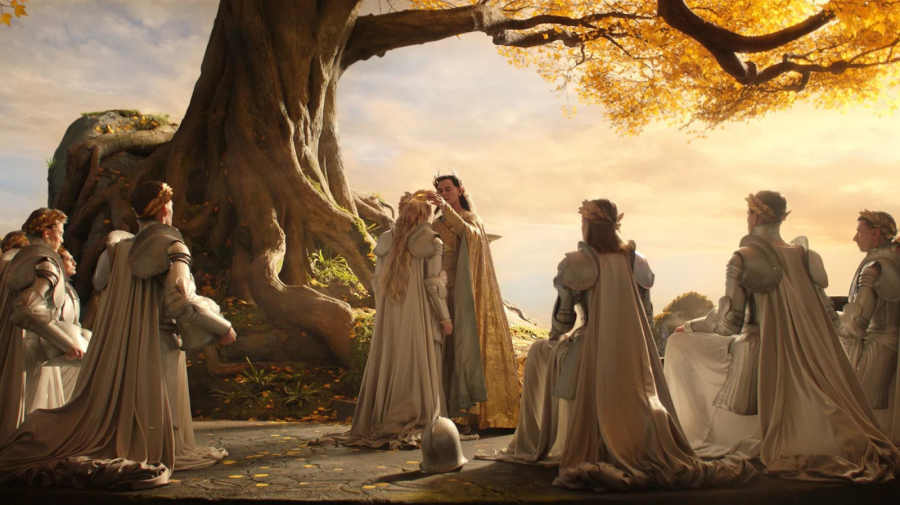
But that’s not all. The production was also confronted with lockdowns and other measures that were a result of the COVID-19 pandemic. In March 2020, production came to a halt. This unanticipated bump in the road probably led, in part, to Rings of Power becoming the most expensive TV series in history.
The Rings of Power Cast Will Differ From Previous Installments
The Lord of the Rings: The Rings of Power isn’t quite a prequel to the trilogy of films Peter Jackson made in the early 2000s. Instead, it’s a straight adaptation of the history and lore of the world those films lived in. So, temper your expectations: your favorite LotR or Hobbit character likely won’t make an appearance.
Set in the Second Age of Middle-earth, Rings of Power won’t feature Frodo Baggins (Elijah Wood) or Aragorn (Viggo Mortensen). However, a few familiar characters — we’re looking at you, long-living Elves — might pop up. Still, be prepared to learn a whole new set of characters — and names. Much like the LotR films, the series is an ensemble piece with a single episode covering multiple storylines.
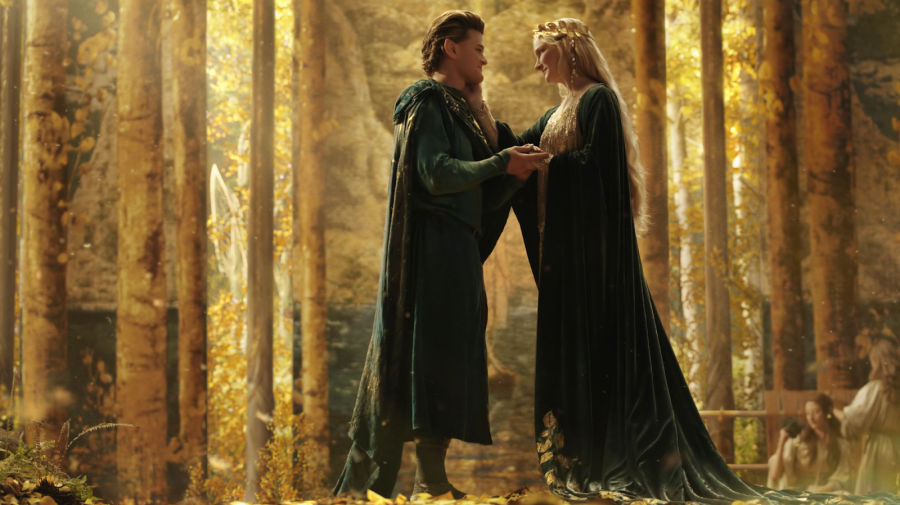
Perhaps the most familiar character in Rings of Power will be Galadriel (Morfydd Clark), who was previously played by Cate Blanchett in The Lord of the Rings trilogy. Here, she seems to have more humble aspirations than in the films; she’s on a quest to find the source of her premonitions, which foretell death and destruction. The always-skeptical Elrond (Robert Aramayo), who was portrayed by Hugo Weaving in LotR, also has a role to play in the series.
High King Gil-galad (Benjamin Walker), who’s eager to rebuild after a destructive war and establish the elvish kingdom of Lindon, is just one of many characters who we’ve heard of, but have yet to see on screen. We’ll also meet the humans Bronwyn (Nazanin Boniadi) — an outcast due to her love for the Silvan Elf Arondir (Ismael Cruz Córdova) — and Isildur (Maxim Baldry), whose destiny is inextricably linked to the One Ring.
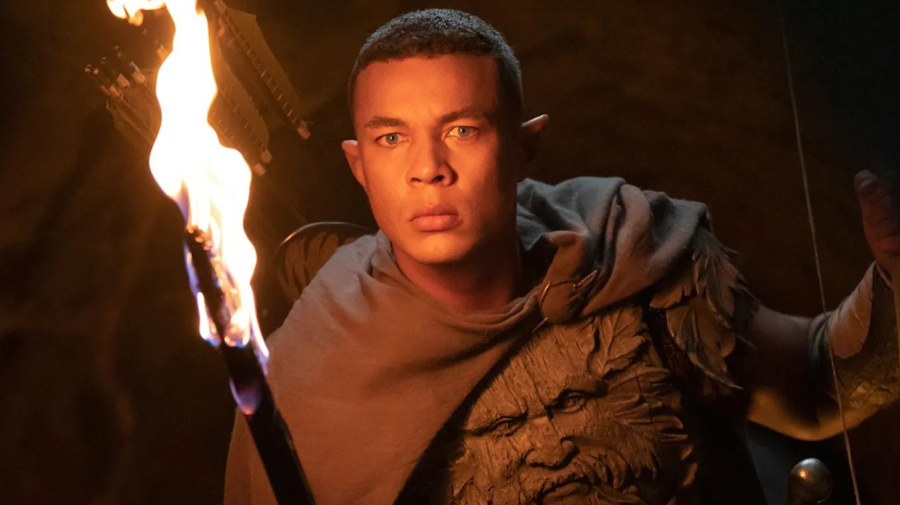
Although the Hobbits have yet to settle in the Shire, some of Frodo’s ancestors will be present in the series, including Elanor “Nori” Brandyfoot (Markella Kavenagh) and Poppy Proudfellow (Megan Richards), both of whom live very differently than the Hobbits we know from LotR. We’ll also meet King Durin III (Peter Mullan), a dwarven leader, and Princess Disa (Sophia Nomvete), who seek to make their race prosperous once more during the Second Age.
When Does Rings of Power Take Place?
J.R.R Tolkien’s most popular books took place during the Third Age of Middle-earth, after the defeat of the Dark Lord Sauron. Before that defeat was the Second Age, and that’s when the series is set.
Still, it won’t be completely unfamiliar to fans. After all, the Second Age began in much the same way as the Third: with the defeat of a great evil. Here, though, we’ll see Melkor, more commonly known as Morgoth — one of the Ainur who, instead of joining the most powerful of its kind (the Valar), became the first Dark Lord in Arda. Morgoth is also the primordial source of evil in Eä.
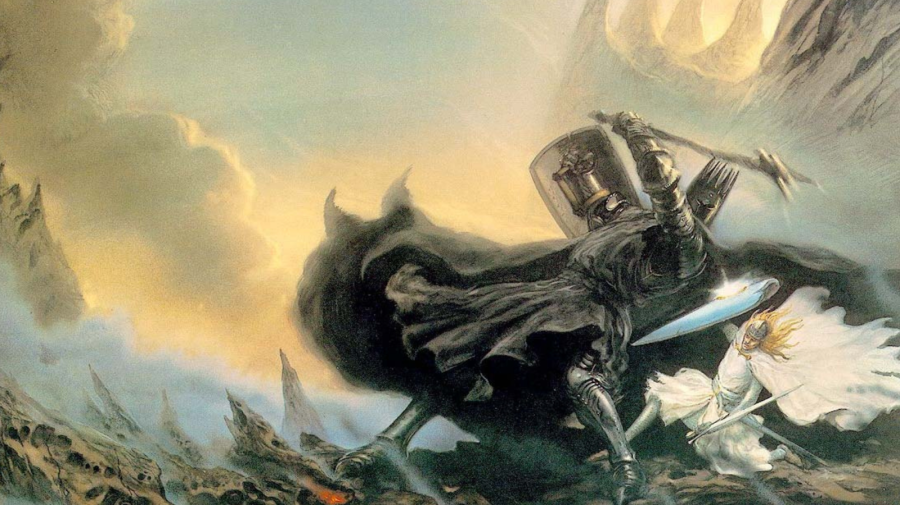
While the series may start off during a moment of relative peace, there’s still a great deal of upheaval in the wake of the War of Wrath — a war of Elves, Men and Valar against Morgoth at the end of the First Age. Although the Great Battle meant the end of Morgoth’s reign in Middle-earth, the clash between the Valar and Morgoth destroyed Beleriand, the northwestern region of Middle-earth, and caused it to sink beneath the Sea.
That said, the Second Age is a time of rebuilding as well as the establishment of new nations, like the Elvish Lindon and Númenor, the greatest civilization of Men. However, a quiet danger lurks; Morgoth’s former lieutenant Sauron. A Maiar (or lesser Ainur) and eventual maker of the One Ring, Sauron aims to deceive the nations of Men, Elves and Dwarves with the creation of the Rings of Power.
What Is The Rings of Power About?
The Rings of Power will trace several storylines at once, not unlike Game of Thrones. While the nations of Men, Elves and Dwarves try to forge ahead, rebuild their dominions and become prosperous, the Harfoots — ancestors of the Hobbits we know so well — are trying to avoid conflict and live a simple life. Much like Bilbo and Frodo Baggins, though, they’ll see themselves drawn into the drama.
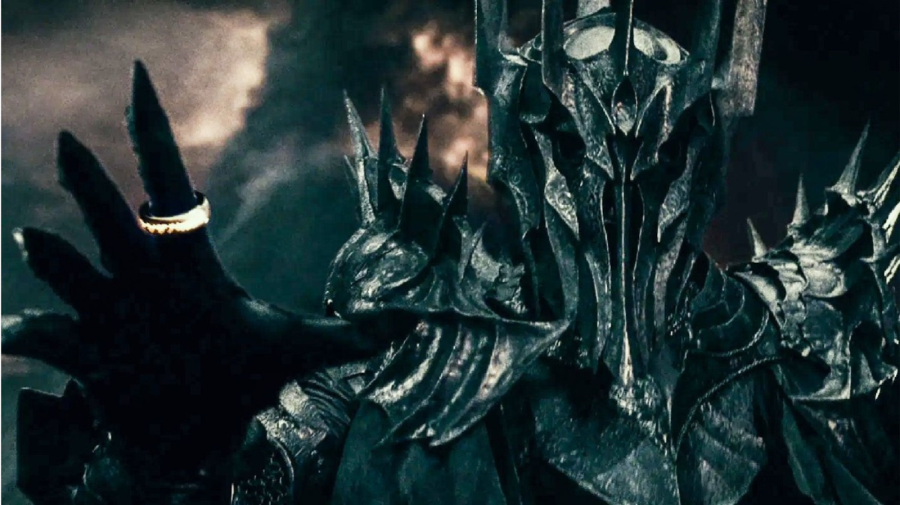
Eventually, Sauron will use the One Ring — and the Rings of Power — to deceive the nations of Men, Elves and Dwarves in an attempt to rule them all. This is the story of how Sauron’s master plan came to pass.
When to Watch The Rings of Power
Composed of eight episodes, the first season of The Rings of Power debuts with two back-to-back episodes on Friday, September 2 at 9 PM EST. The remaining episodes will drop on subsequent Fridays, one at a time, and stream exclusively on Prime Video. With a second season already planned, Amazon has a lot of faith in its ambitious project — but will The Rings of Power sink like Beleriand, or fly like fools from a Balrog?

